(472 products available)






































































































































































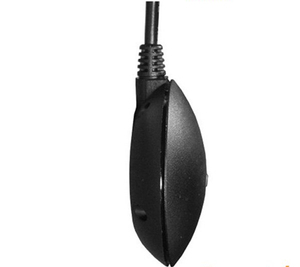
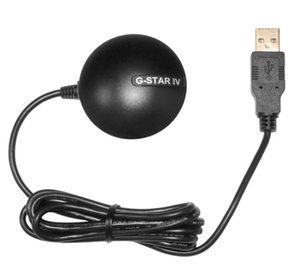
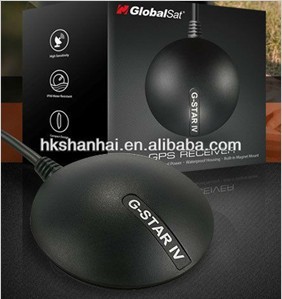
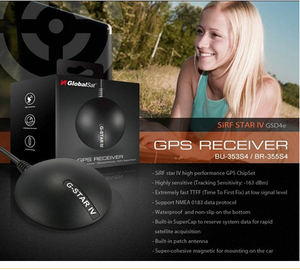

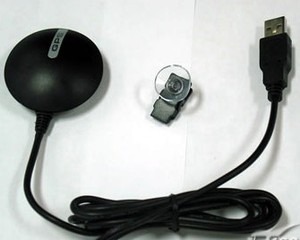
Low-power GPS chipsets:
Low-power GPS chipsets are designed to be energy-efficient and consume minimal power, making them ideal for devices with limited battery capacity or for extending battery life in applications where prolonged operation is essential. They achieve low power consumption through various techniques, such as optimized circuit designs, power management features, and low-power operating modes. These chipsets provide accurate positioning and navigation data while minimizing the energy footprint, ensuring reliable location services without draining the battery quickly. Low-power GPS chipsets are widely used in portable devices, wearables, and other applications where energy efficiency is critical.
Dual-frequency GPS chipsets:
Dual-frequency GPS chipsets utilize signals from two frequency bands, typically L1 (1575.42 MHz) and L2 (1227.60 MHz), transmitted by GPS satellites. By receiving signals from both frequencies, these chipsets enhance the overall performance and accuracy of GPS navigation systems. The dual-frequency reception allows for improved correction of atmospheric disturbances, such as ionospheric delays, resulting in more precise positioning data. Additionally, dual-frequency GPS chipsets offer better performance in challenging environments, such as urban canyons or areas with dense vegetation, where signal multipath or obstruction may occur. The increased robustness and accuracy of dual-frequency GPS chipsets find applications in various fields, including aviation, surveying, and autonomous systems, where reliable and precise positioning is critical.
Multi-constellation GPS chipsets:
Multi-constellation GPS chipsets are designed to receive signals from multiple global navigation satellite system (GNSS) constellations, such as GPS, GLONASS, Galileo, and BeiDou. By integrating signals from various constellations, these chipsets enhance the availability, accuracy, and robustness of positioning and navigation services. The utilization of multiple constellations increases the number of satellites in the vicinity, improving signal reception and positioning precision, especially in challenging environments or areas with limited satellite visibility. Multi-constellation GPS chipsets enable reliable and accurate positioning data, benefiting applications such as autonomous vehicles, precision agriculture, and logistics tracking.
Before buying any GPS device, it's important to understand the specifications. The following are the specifications of a typical SIRF GPS device;
Channel Number
Channel number refers to the number of satellites a GPS receiver can track at the same time. A higher channel number allows for better tracking accuracy and reliability. The SIRF II GPS receiver has 64 channels, while the SIRF III GPS has 48 channels.
Frequency
Frequency is the radio signal used to communicate between the GPS satellites and the receiver. The SIRF GPS receivers use the L1 frequency, which is the standard frequency used by most GPS satellites.
Tracking Sensitivity
Tracking sensitivity refers to the GPS receiver's ability to track satellite signals in challenging conditions, such as urban canyons or dense forests. Higher tracking sensitivity improves tracking performance in difficult environments. The tracking sensitivity of SIRF GPS receivers is typically around -160 dBm.
Update Rate
The update rate is how often the GPS receiver updates its position information. Higher update rates provide smoother and more accurate positioning, especially in fast-moving applications. The update rate for SIRF GPS receivers is typically 1 Hz (once per second).
Positioning Accuracy
Positioning accuracy specifies how close the GPS receiver's reported position is to the actual position. Higher positioning accuracy ensures more precise location information. The positioning accuracy of SIRF GPS receivers is typically ±10 meters (in standard conditions).
Power Consumption
Power consumption is an important consideration for portable or battery-powered GPS devices. Lower power consumption extends battery life and reduces overall energy usage. The SIRF III GPS receiver is known for its low power consumption, making it suitable for battery-powered devices.
Cold Start Time
Cold start time is the time taken by a GPS receiver to acquire satellite signals and determine its position from a complete power-off state. Shorter cold start times are desirable for quicker location availability. SIRF GPS receivers have cold start times ranging from 30 to 60 seconds, depending on the model.
Maintaining a SIRF GPS device is important to ensure optimal performance and accuracy. Here are some maintenance tips:
Regular Firmware Updates:
Check the manufacturer's website for any available firmware updates for the GPS device. Install the updates to benefit from performance improvements, bug fixes, and new features.
Clean the Device:
Periodically, clean the GPS device's surface and antenna gently with a soft, damp cloth to remove dust, dirt, and debris. Avoid using harsh chemicals or abrasive materials that could damage the device.
Battery Care:
If the GPS device has a rechargeable battery, follow the manufacturer's instructions for charging and discharging. Avoid exposing the battery to extreme temperatures and replace it when it no longer holds a charge effectively.
Antenna Positioning:
Ensure the GPS device's antenna is appropriately positioned for optimal satellite signal reception. Keep the antenna free from obstructions like tall buildings, dense trees, or other electronic devices that may interfere with the signals.
Data Management:
Regularly check the available storage space on the GPS device. Delete unnecessary data, such as old waypoints, routes, or maps, to free up space and maintain smooth operation.
Protective Cases:
Consider using a protective case or cover for the GPS device to shield it from physical damage, moisture, and dust when not in use.
Usage in Extreme Conditions:
Avoid using the GPS device in extreme environmental conditions (extreme temperatures, high humidity, etc.) unless it is specifically designed for such conditions.
Choosing the right GPS chip for an application depends on several factors. Here are some considerations when selecting a GPS chip.
There are a few steps to follow when replacing the existing GPS receiver with a new one. First, gather all the necessary tools and materials for the job. These may include a new GPS receiver, mounting hardware, GPS antenna cable, Torx screwdriver set, Phillips screwdriver set, and GPS antenna cable. Ensure that the new GPS receiver is compatible with the existing system. This information can be found in the user manual.
With the vehicle turned off, use a screwdriver to remove the trim panel around the existing GPS receiver. This will give access to the old GPS. Next, use a screwdriver to remove the mounting screws holding the old GPS in place. Once it is loose, pull the old GPS out of its mounting location. At this point, disconnect the GPS antenna cable and any other associated cables from the old GPS system. This will make it easier to remove the old GPS. After that, connect the GPS antenna cable to the new GPS receiver. Then, carefully slide the new GPS into its mounting location and secure it with the mounting screws.
After that, reinstall the trim panel and ensure that it is well fitted. Finally, turn on the vehicle to ensure that the new GPS system is functioning correctly. If it doesn't work on the first attempt, revisit the steps to ensure that everything has been done correctly.
Q: Is Sirf GPS still used?
A: While SiRF GPS technology was widely used in the past, especially in consumer GPS receivers, it is not as common today. Modern devices tend to use more advanced and integrated GPS technologies, such as Qualcomm's GPS technologies in their chipsets. However, some older devices and specialized applications might still utilize SiRF-based systems.
Q: What is the difference between GPS and Sirf GPS?
A: Sirf GPS is not different from GPS; it's just a technology used to improve the efficiency and accuracy of standard GPS receivers. Essentially, all GPS receivers provide GPS signals in a variety of ways. Surfers and GPS receivers differ in terms of performance and accuracy.
Q: Does Sirf GPS still work?
A: Yes. sIrF GPS still works. However, there are concerns about the continued support and maintenance of older SiRF chipsets and technologies. As mentioned earlier, the company was acquired by Qualcomm in 2009, and many of its technologies have been integrated into Qualcomm's solutions. Therefore, for the latest advancements and long-term support, it is advisable to rely on modern GPS technologies integrated into recent devices.